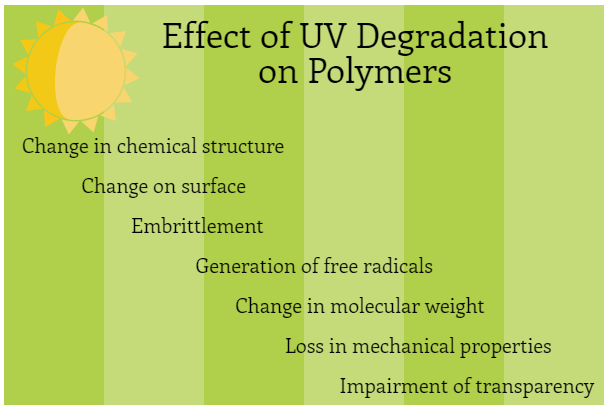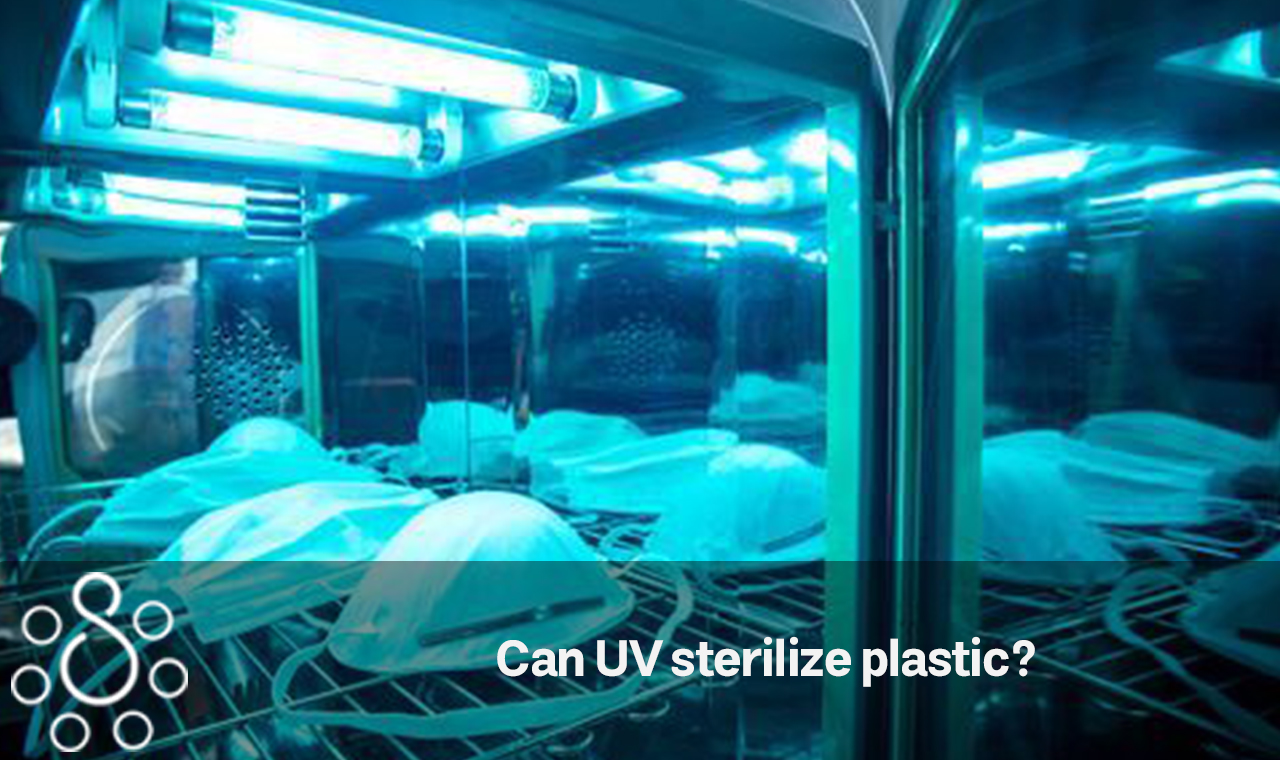Plastic is susceptible to deterioration in the same way that human skin is when it comes into contact with damaging ultraviolet (UV) radiation (i.e. the sun). Engineers should be aware that projects involving the use of plastics may not go as smoothly as planned, resulting in the risk of operational downtime and budget overruns. The good news is that there are a variety of techniques to combat these often-destructive consequences. Follow us to know the best way.
Compared with the fragility of glass bottles, plastic bottles have become the ideal option for most prize moms since plastic bottles are light, fall-resistant, and have a long service life. Some plastic feeding bottles cannot be sterilized by high temperature steam, which will cause secondary pollution to polymers that are not resistant to high temperatures. Relevant analysis is supplied to this brilliant moon, and physical disinfection methods like LED ultraviolet disinfection are the best. What materials are contained in the bottle? Today, PES and PPSU are also extensively utilized in the market. Bottles constructed of this material will not do any harm to the human body. Since this material does not contain carcinogens, moms may safely use it for their newborns.
But this also confronts the most practical obstacle. That is, because it is a plastic bottle, then you can’t use boiling water to disinfect the bottle. So, how to sterilize plastic by UV in the best way? In reality, the bottle and nipple may be cleaned by boiling since the material is safe and the boiling disinfection technique is fully acceptable. The exact disinfection procedure is as follows: put the bottle and other feeding instruments into a deep saucepan, soak them thoroughly in water, and then boil for five minutes. In addition to the boiling water disinfection procedure, a specific disinfection machine may be used to sanitize feeding bottles and feeding instruments. This is a rather unusual gadget meant to be placed into a microwave oven.
The complete disinfection process only takes about five minutes. Before using this device, it must be confirmed whether the bottle can be disinfected by drinking other utensils. It can only be used after confirmation. However, the plastic bottle is handy and convenient. It is still vital to pay attention to it. Because it is made of plastic and even though it is green, I am scared that boiling water for a long time would develop additional microorganisms.
Modern disinfection- The fourth generation intelligent quick disinfection cabinet for LED UV light has various drawbacks. First, let’s define LED ultraviolet disinfection. Sunlight’s wavelength is 10–400 nanometers (nm). The light is classified as UVA, UVB, and UVC (200-275nm). UVC may enter the cell membrane and nucleus of organisms, destroying DNA (Deoxyribonucleic acid) or RNA (ribonucleic acid) and killing numerous germs such as bacterial propagules, spores, viruses, fungus, etc. Today’s ‘How to clean and sterilize plastic by UV?’ Please explore to get a better grasp of items and information.
Related Article: Evaluation of an Ultraviolet C (UVC) Light-Emitting Device from the beginning until now
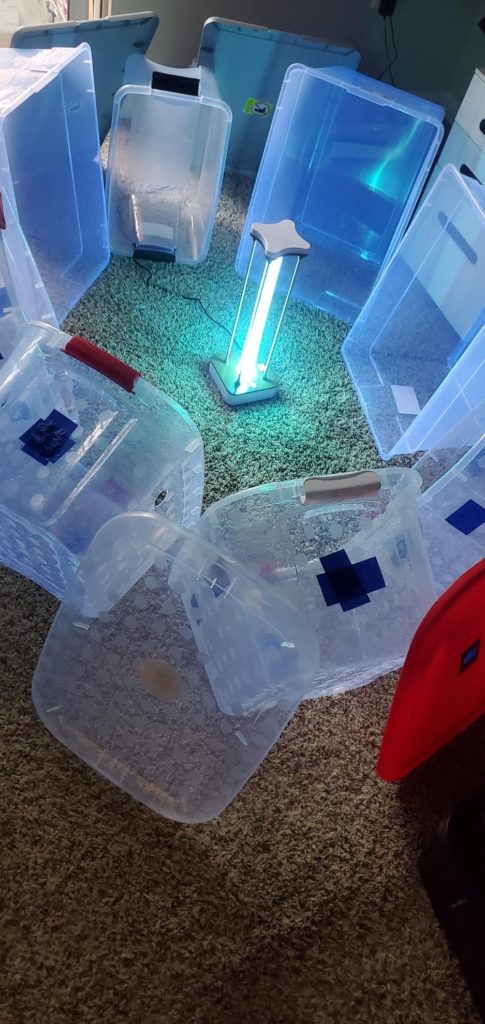
UV rays are harmful.
UV radiation, which is a component of the electromagnetic spectrum, may be split into three types. They are as follows: UVA, UVB, and UVC. The wavelengths of visible light are measured in billionths of a meter, which is the smallest unit of measurement. A nanometer, abbreviated as nm, is one billionth of a meter in length. UVA wavelengths range from 320 to 400 nm, whereas UVB wavelengths range from 280 to 320 nm.
While the UVC has a range of 100-280, the UVB does not. Using the skin as an example, UVA may promote tanning whereas UVB may cause burning. UVA may also cause burning. UVC has typical germicidal activity, which means that it kills or inactivates bacteria by breaking their nucleic acids and changing their DNA, similar to how antibiotics work. Because of this, they are rendered ineffectual when it comes to carrying out critical biological functions.
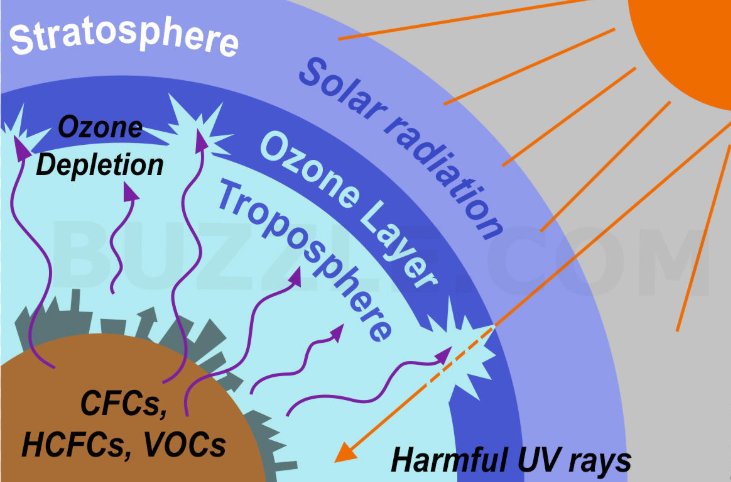
Then there’s the question of plastic: how is it impacted by the various forms of ultraviolet light?
If your plastic has been exposed to UV light, you may notice the following:
- A sandpaper-like appearance
- The surface of the component becomes brittle.
- A change in the hue of the material’s surface on the surface
When it comes to the kinds of components that are more susceptible to UV degradation, automobile parts are towards the top of the list. The impacts will mostly result in a change in the surface layer of the material—and certain polymers, if damaged by UV, may eventually result in the component breaking completely—which is not good news when a project is nearing completion or has already been completed and is finished. Therefore, precautions should be taken when you sterilize plastic by UV.
Free radicals and ultraviolet (UV) radiation
When UV radiation is absorbed by polymers, it has the potential to excite photons. This, in turn, has the potential to generate free radicals. Then, before you realize it, degradation has taken place, owing to the fact that catalyst residues often behave as receptors. Unfortunately, many pure polymers are simply incapable of absorbing ultraviolet light, placing your project and its components in serious danger. It is possible to prevent UV deterioration in plastics, of course.
Using blockers, stabilizers, or absorbers may be quite effective, and titanium dioxide may also be advantageous in certain cases. Benzophenones and other organic molecules, on the other hand, may absorb ultraviolet radiation and re-emit it as heat, which isn’t nearly as dangerous as UV radiation. For example, the following are some examples of materials where UV stabilizers or other remedies may entirely remove the issue of UV deterioration:
- Polyolefin tubing and end caps that are heat shrinkable
- Nylon: Cable ties and cable tie mounts are made of nylon.
Never, under any circumstances, presume that one of these materials is UV resistant. They are almost always not, and they need particular treatment. Keep an eye out for the words “UV resistant” in the product description. A substance known as carbon black, which has a black coloring, may help to lessen the danger of such deterioration by providing protective surface coatings on the surface of the object. Metallization and paint are two options for the latter, but carbon black is a very low-cost alternative. It has the potential to be just as effective as the alternatives.
Related Article: Does your child drink water from a private well?
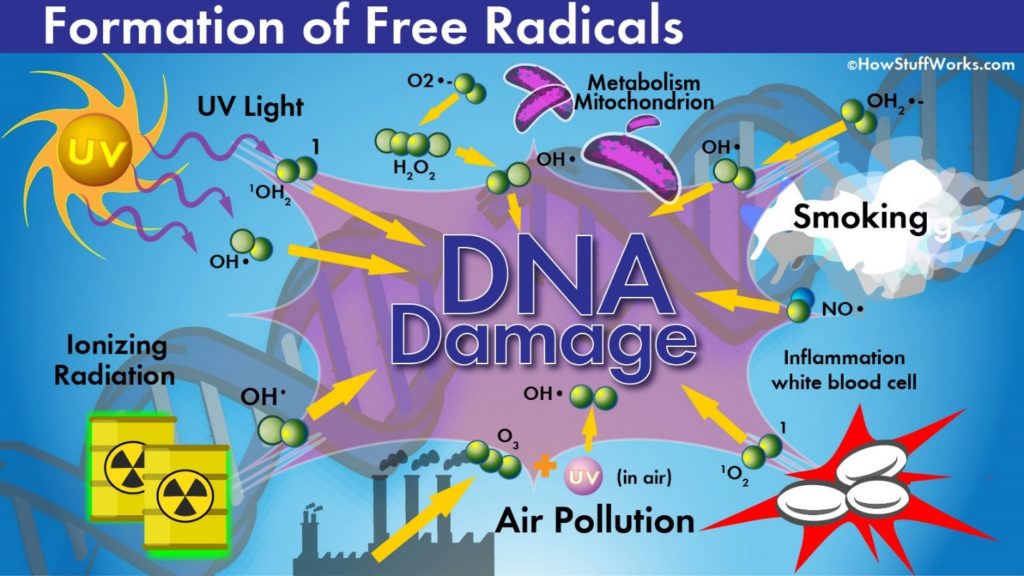
Which plastics are more susceptible to degradation due to ultraviolet radiation?
This information is useful if you are ready to embark on a new project and want to know which sorts of plastics are more prone to this type of breakdown. Ultraviolet rays interact with tertiary carbon bonds within the chain structure of polypropylene (PP) and low-density polyethylene (LDPE), to name a few of the polymers that are particularly vulnerable. The oxygen in the atmosphere then interacts with this substance. Next, carbonyl groups are formed in the main chain, and the parts of the component that are exposed to the environment may become cracked or discolored as a result of exposure.
Anything from yellowing to leaching of coloured pigments to bleaching of the plastic’s surface is all possible with non-UV-resistant polymers, and they may all have an adverse effect on its aesthetic appearance. Any of these modifications may eventually result in a less cost-effective project as well as more downtime due to the need to replace component parts and equipment. As a result, care should be used while you sterilize plastic by UV.
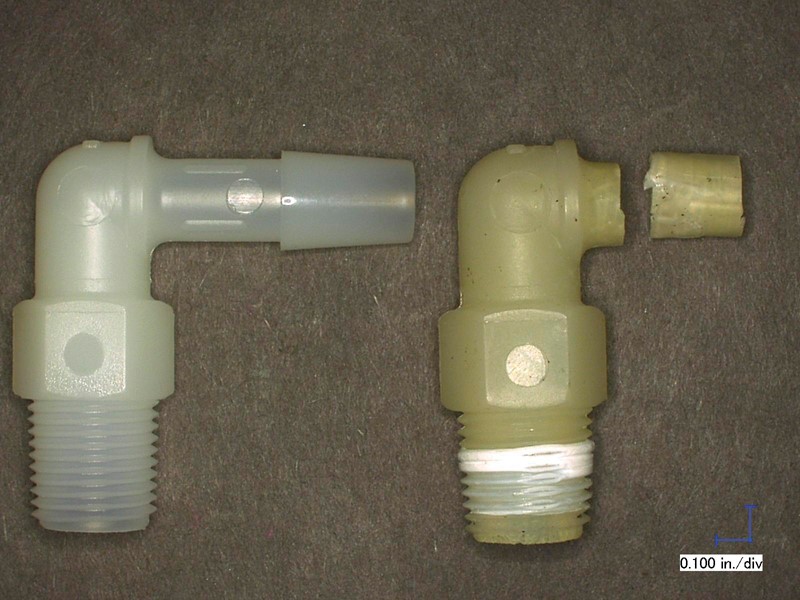
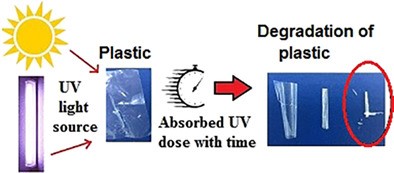
Is it possible to detect a UV assault on plastics?
As the adage goes, “prevention is preferable to treatment.” Is there a method to identify UV interference early on in the project—or to rule it out completely before it starts—in order to avoid this situation in the future?
The first outward symptom of a problem is the presence of significant fractures in a product. This may be seen via the use of infrared spectroscopy, which is defined as “the study of the interaction of infrared light with matter.” It is primarily based on absorption spectroscopy and makes use of an infrared spectrometer, which works to detect carbon groups before they create any serious problems. It is used to identify and research substances.
What role do anti-UV compounds play?
In the process of combining the materials—before forming the product with injection molding—anti-UV chemicals may be used to protect the product from ultraviolet light. This implies that a future ultraviolet (UV) assault by sunlight may be avoided. It’s worth noting that the chemicals employed in such prophylactic measures are quite similar to the chemicals used in sun cream. While sunscreen shields the skin from the sun’s ultraviolet radiation, the chemicals used in UV stabilizers, which are added to plastics, function in a manner similar to sunscreen. However, it is not just ultraviolet radiation that is harmful to plastics.
Another aspect that may contribute to the deterioration of a material is the environment. Everything from light to chemicals to heat can contribute to the degradation of a certain substance. In addition to acidic and basic solutions, alkalis and salts may cause alterations in the polymer, which can include everything from chemical disintegration to bio-degradation and anything in between. Certain modifications that may be made to polymers to make them more recyclable are referred to as “aging” since they have a substantial impact on the lifetime of a component, as well as its look and texture.
Some concerns when using UV-resistant polymers
To sterilize plastic by UV, a UV-resistant plastic is required if a project is to be completed successfully – provided, of course, that the plastic will be exposed to UV radiation. Alternatively, if this is not the case, engineers may be less picky, provided that the plastic they choose is appropriate for the application in question. However, for applications that need the use of a UV-resistant plastic, the following materials are more than adequate:
- Acrylic (also known as acrylic paint): Acrylic is strong and rigid, and it is available in a variety of eye-catching colors to choose from. When it comes to optical clarity, it also performs very well-it binds efficiently with solvents and adhesives, and it is also rather simple to construct. As a result, it’s a terrific material for leaf hinges since it’s ideal for outdoor usage because it has excellent weathering capabilities as well as being adaptable, long-lasting, and visually beautiful.
- The second type of plastic is polyvinylidene fluoride (PVDF). PVDF is particularly suitable for washers because it is flame-resistant and has outstanding chemical abrasion properties. It has excellent UV stability, is FDA-compliant, and is a high purity engineering thermoplastic that may be used for a variety of applications.
- Polytetrafluoroethylene (PTFE)—This is a kind of plastic. PTFE has remarkable weathering resistance and maintains its stability even at temperatures of up to 500 degrees Fahrenheit. It is a low-friction fluoropolymer with excellent electrical insulating qualities, which is why PTFE tubing is often used to shield optical fibers because of its low friction.
related article: What Is a Toothbrush Sanitizer?
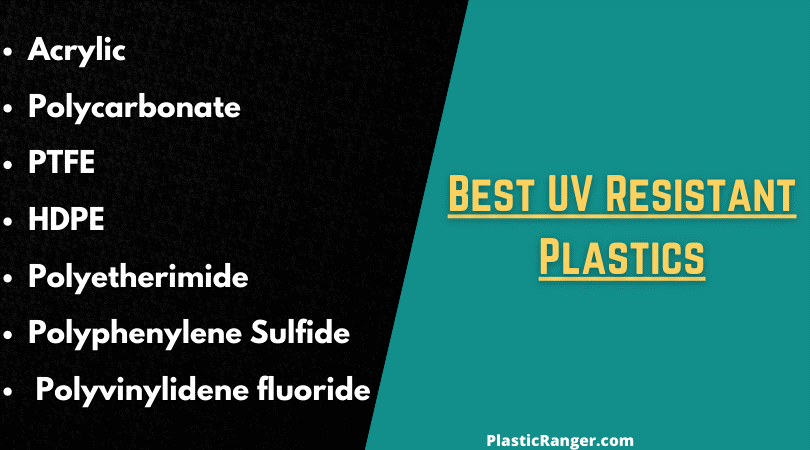
Advantages and disadvantages to sterilize plastic by UV
Servicethread.com advocates for the widespread use of polypropylene, but cautions that it is not appropriate for use in projects that will be exposed to ultraviolet rays: “Polypropylene degrades rapidly when exposed to ultraviolet radiation, such as that emitted by the sun, due to the chemical structure of the material.” It is strongly recommended that engineers avoid using these types of materials in situations where a component may be exposed to prolonged UV exposure. Polyester, on the other hand, may be a suitable candidate for exposure to ultraviolet light.
“Polyester is a unique material. It is a set of polymers that have a similar structure to an ester between two binding R-groups and are therefore classified as one family. Because the R-groups in each plastic are distinct, each plastic has a unique set of properties; yet, when compared to polypropylene, the overall performance of these polymers is much better in terms of ultraviolet resistance.” According to a report released by North Carolina State University, polypropylene can only withstand exposure to ultraviolet light for six days before losing up to 70% of its strength. Polyester performs far better.
According to the report, after 12 months of UV exposure, a component’s strength has been restored to almost 67 percent of its original value. As a result, it is critical that you determine the supplies you will need well in advance of the start of your project. This will assist you in avoiding unnecessarily lengthy downtime while also ensuring that the task is completed within budget.
Before picking the appropriate components for the work, take into consideration the component’s intended use as well as the area in which it will be used. A project that necessitates the use of weatherproof components would almost certainly need the use of UV-resistant components as well. Make certain that your project is prepared to withstand the effects of severe weather, and you may be confident in the quality of the work. After all, UV rays have an impact on more than just the appearance of your plastics; they also have an impact on their durability. Therefore, be careful when you sterilize plastic by UV
related article: How UV-C LED Light Can Help your Rental Customers
